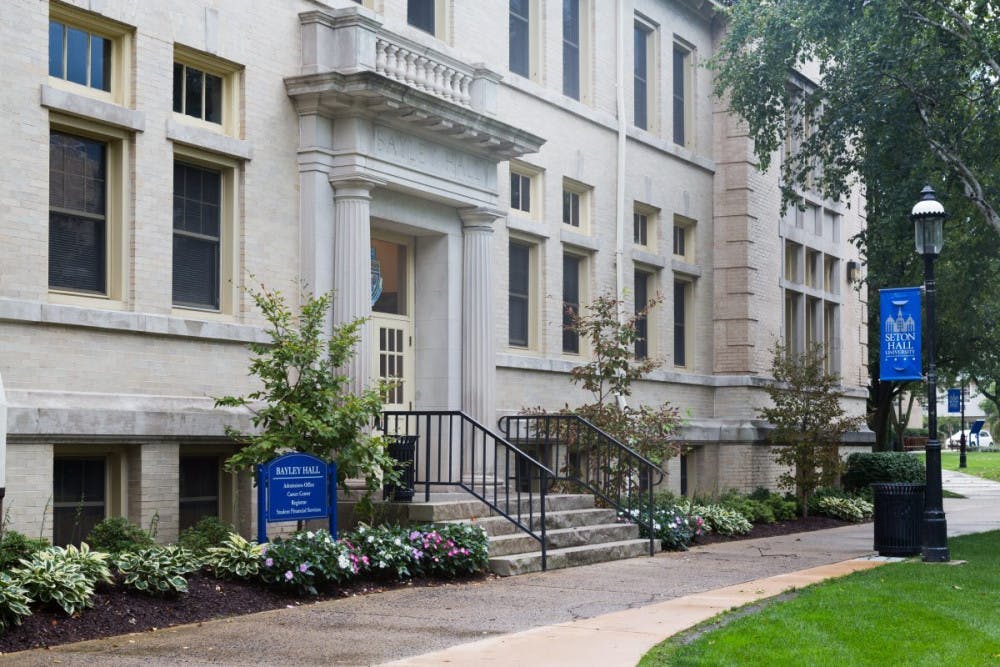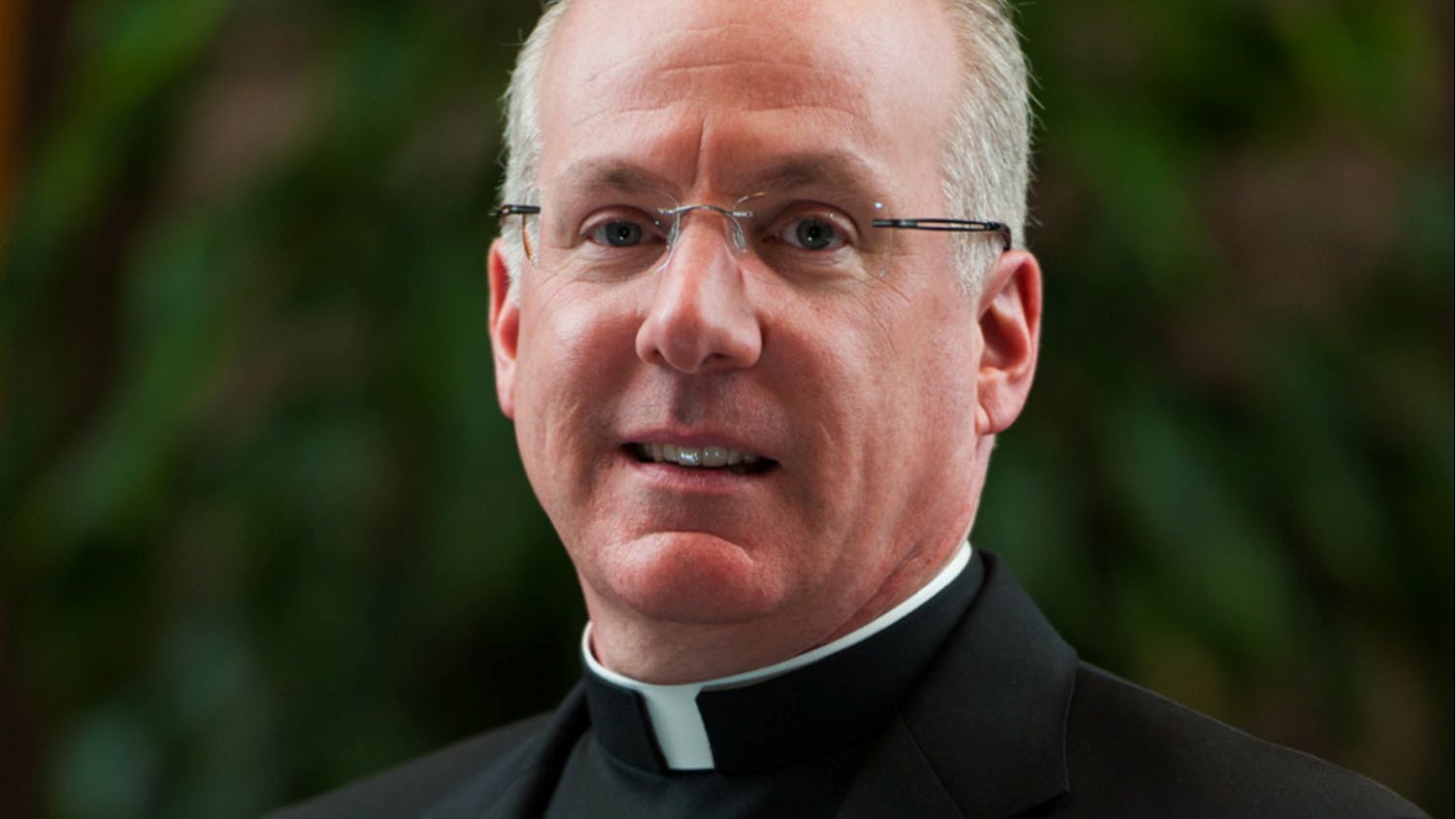The new Trump Administration, inaugurated just last week, has Seton Hall officials concerned for the future of the Federal Pell Grant Program.
The program provides need-based grants to low-income undergraduate students to promote access to postsecondary education, according to the U.S. Department of Education’s website. The grant is based on a multitude of factors, but is usually awarded to families with average incomes of $40,000 a year or less.
Dr. Alyssa McCloud, vice president of Enrollment Management, pointed out that for the last several years the GOP (Republican Party) has been trying to reduce Pell Grants. “Granted, it’s expensive in the federal budget and it’s larger because incomes are stagnant and college is costing more,” McCloud said. “But now we have a Republican led legislature that is probably not going to make Pell Grants a priority. It’s a big concern for me.”

This past summer the GOP proposed a plan for the 2017 fiscal year that would call for capping the maximum Pell Grant per student at around $5,800 per year for the next 10 years. By comparison, former President Barack Obama proposed that the cap be tied to inflation to accommodate the changing economy.
The Committee for Education Funding, an education advocacy group opposing the cuts, calculated on its website that this would reduce Pell spending by $78 billion over the 10 years.
With the change in administration, McCloud said she worries this could become a reality. “This would mean low-income students would be even more at risk,” McCloud said. “I am not joking when I tell you, I am very proud of Seton Hall for what we are able to do. The percentage of students we have that are financially needy is so much more than other universities.”
According to the most recent data from 2013 to 2014, collected by The Hechinger Report, about one-third of Seton Hall’s population is made up of students who receive Pell Grants. This means that a cut in Pell Grant spending would affect about one-third of Seton Hall’s student population.
The data said that at Saint Joseph’s University in Philadelphia, a Catholic university about two hours away from SHU, only about 13 percent of their students receive Pell Grants.
The data shows that Seton Hall is actually on par with public institutions like the Rutgers University New Brunswick campus, where 30 percent of students receive Pell Grants, according to the data.
Mary Molnar, a senior nursing major, has been receiving a Pell Grant since she was a freshman. She said she would not have been able to attend Seton Hall without it.
“I come from a large family of eight children and although my parents work very hard, they cannot afford to send us all to college,” Molnar said. “The Pell Grant is one of the larger financial aid assistance that I get.”
Molnar is not the only one who fears the consequences of losing grant money. In fact, her narrative is common at Seton Hall.
Josie Martinez, a freshman chemistry major, receives $5,815 annually.
“To me the Pell Grant means opportunity,” Martinez said via email. “The grant gave me peace of mind that I would be able to attend Seton Hall.”
Kailee Doherty, a sophomore public relations major, is in a similar situation. She held a work-study job on campus last semester and is babysitting this semester to help support herself. Her Pell Grant is just over $3,000 annually.
Martinez added that for some students the Pell Grant is just the little bit they need to make college a reality.
Molnar worries that taking away Pell Grant would affect access to higher education.
“It makes me so upset that some students are swayed from going to college because they can’t afford it,” Molnar said. “Taking away the Pell Grant would only make this problem worse.”
McCloud is worried that because the Pell program is at risk, future students are at risk. “Education is a great equalizer of society. It’s a form of social mobility and change,” McCloud said.
However, in the GOP’s proposal for cuts, they state that, “The Pell Grant program is the foundation of Federal student aid, helping low-income students better afford a college education.” In the proposal, they said the cuts are designed to make the program more stable for the future. Those who oppose the cuts, such as McCloud and the Committee for Education Funding, fear a bleaker future.
Catherine Winterfield, University Bursar, saw a different side to this. “I don’t have a fear about the future of Pell,” she said. “Even if they get rid of Pell Grants I think they will replace it with something different.”
Winterfield said she has trust in the government, lobbying groups and student advocacy networks to make sure low-income students are not left in the dark. She says this is actually a good thing because students are talking about Pell Grants.
“This means people, and students especially, are starting to get engaged in their lives and their finances,” Winterfield said. “I don’t have fear, but I just think the system will be different. And people need to be engaged in what that will be moving forward.”
Siobhan McGirl can be reached at siobhan.mcgirl@student.shu.edu.





